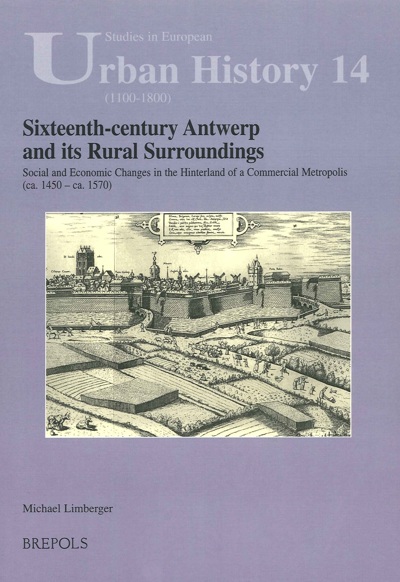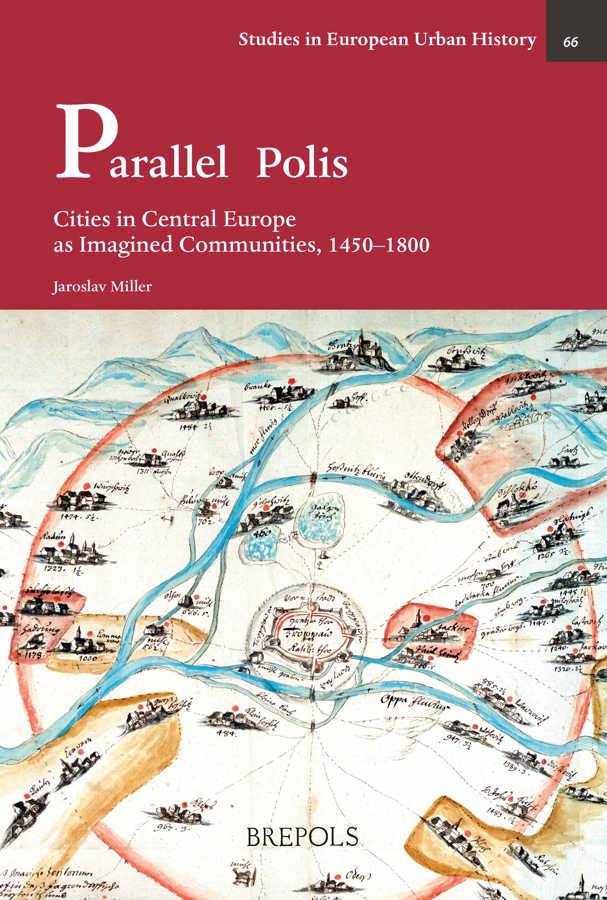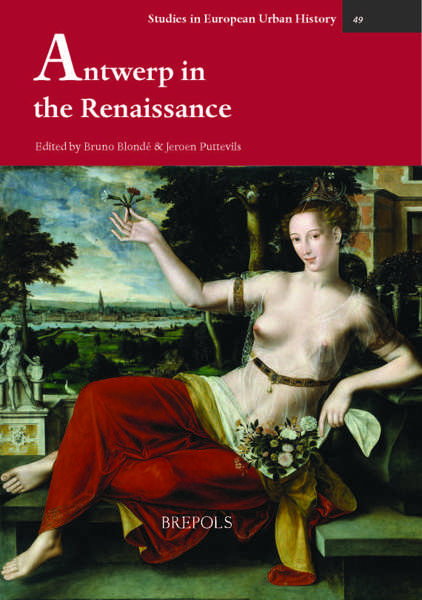
- Pages: approx. 150 p.
- Size:178 x 254 mm
- Illustrations:3 tables b/w.
- Language(s):English
- Publication Year:2026
- € 69,00 EXCL. VAT RETAIL PRICE
- ISBN: 978-2-503-61439-7
- Hardback
- Forthcoming (May/26)
- € 69,00 EXCL. VAT RETAIL PRICE
- ISBN: 978-2-503-61440-3
- E-book
- Forthcoming
*How to pre-order?
Jaroslav Miller studied history in Olomouc, Budapest and Oxford. He pursued research stays in Canada, the USA, Germany, the United Kingdom and Australia. For 8 years he held the position of the Rector of Palacký University, Olomouc. In 2022 he was appointed the Deputy Minister of Education (Czechia). He writes on urban and intellectual history. In 2008 his monograph Urban Societies in East-Central Europe, 1500–1700 was published by the Ashgate. In 2021 he authored the book Czechoslovakia Exiled
An interdisciplinary book uniquely combining methods and concepts of history, sociology and literary science. The monograph explores the normative idea of a premodern city as it should be, namely as the ideal(ized) community, politically autonomous entity based upon republican values with its own mythology and also as a strictly symmetrical place being the distinctive feature of the rational human civilisation. Though expressed in numerous urban rituals, symbolical acts, public festivities and urban architecture, the normative concept of the city was above all embedded in written and printed sources. The book‘s findings are based upon a spectrum of narrative sources involving urban chronicles, political treatises, panegyrics, family memoirs, descriptions of cities, instructions summarizing principles of good governance, and also the literary genre of utopia. All of them referred to the normative image of a premodern urban community by highlighting the idealized and therefore largely imagined principles of urban republicanism. By covering the period 1450–1800, the monograph explores also the gradual collapse of idealized premodern communities and the rise of modern urban societies. Geographically, research has focused upon cities and towns in peripheries that have been traditionally ignored by the mainstream urban history. The largely “unknown urban Europe“ comprises the Bohemian Lands, Polish-Lithuania and Hungary with significant overlaps to German Lands and Austria.
Foreword
Introduction: A Premodern City as Imagined Community
Chapter 1: Utopian Cities or Urban Utopias?
Chapter 2: Idealizing the City and the Language of Community I
Chapter 3: Idealizing the City and the Language of Community II
Chapter 4: From Burgher Communities to Urban Societies: A Sociological View
Summary




